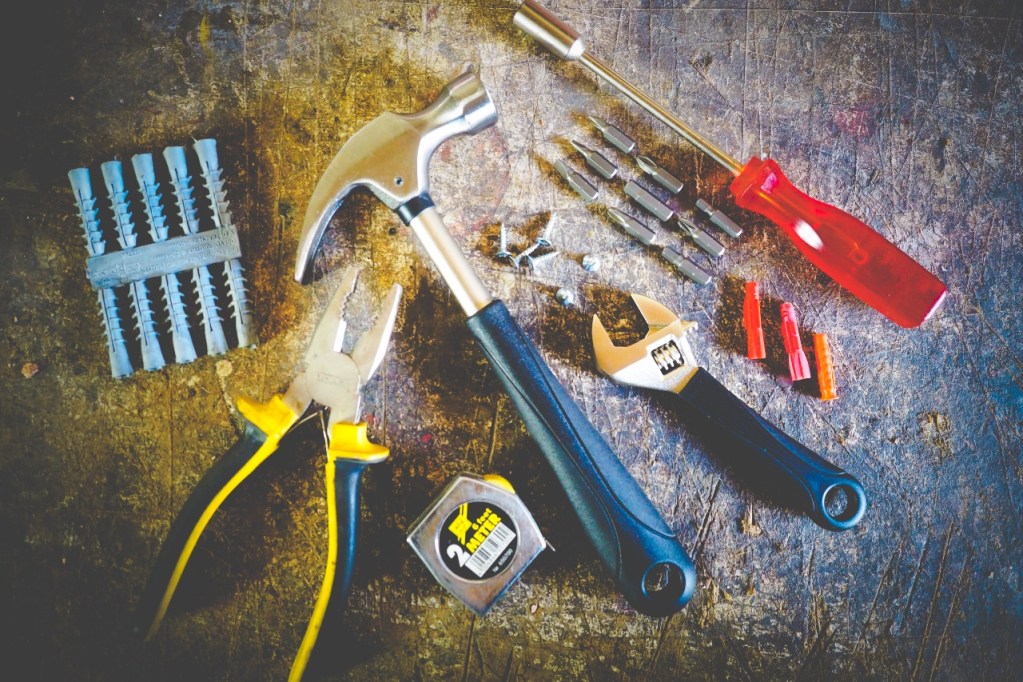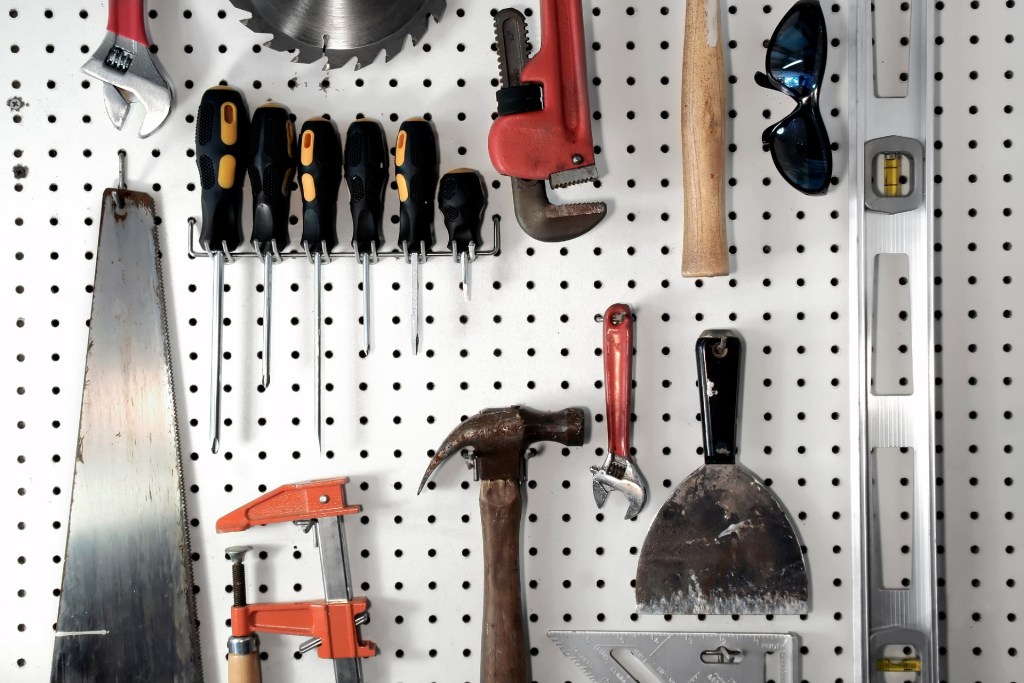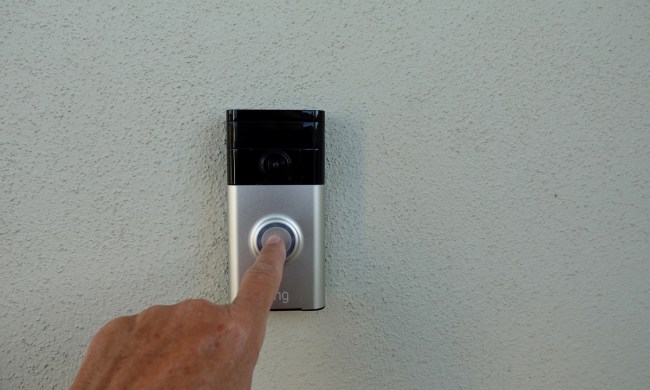Your hand tools certainly make your life easier. Quality tools are durable, easier on your hands, and get the job done quickly. Injuries, however, are unfortunately common, and according to OSHA, hand tool mishaps make up 8 percent of all workplace injuries. Ensuring good working order of your tools, donning personal protective equipment, and storing tools properly will keep you safe while you work. To preserve all your fingers and toes, review these hand tool safety tips and keep them in mind while you work.

Common hand tool injuries
- Cuts, scrapes, and abrasions. Basically, any hand tool can cut you with enough force, but the most common tools that cause these injuries are screwdrivers, saws, and chisels.
- Injuries from repetitive movements. Carpal tunnel is the most common condition caused by repeated movements, but other injuries in the shoulders, knees, or back are also a risk when you’re hunched over, repeating a task over and over again.
- Bruises and bone breaks. Most common with hammers and vices, a slipped hand or foot can land you in a cast.
- Eye injuries. Many tools create dust and debris which can fly into your eye and cause serious injuries.

Hand tool safety tips
To avoid those common hand tool-related injuries, practice these four basic safety precautions, even when using even the simplest of tools for the simplest of jobs.
Inspect your tools regularly
The condition of your tools is just as important as using them properly. Rusted, corroded, broken, or dull items can easily break or slip, increasing your risk of injury. Before you use any hand tool, check that it is in good working condition by inspecting it for damages, dulled or chipped blades, and evidence of rust or corrosion.
Always wear appropriate personal protective equipment (PPE)
Before launching into your latest DIY project, make sure your body is properly protected properly for the job at hand.
- Protect your eyes with safety goggles or a safety shield, depending on the amount of debris you expect to encounter.
- Protect your hands with work gloves that prevent common injuries like bruises, cuts, or even chemical burns.
- Protect your feet with thick, complete-coverage shoes or steel-toed boots. Never perform work barefoot or in open-toed shoes.
- Protect your lungs with a dust mask or respirator if sawdust or other harmful dust will be in the air as you work.
Use the proper tool and technique
Each hand tool serves a specific purpose, so using the wrong one can lead to injuries. A wrench is not designed to be used as a hammer, and a screwdriver is not designed to be used as a chisel. Using a tool improperly could cause it to slip, break, or damage the material you’re working with, and can absolutely lead to injury.
Additionally, make sure to use the proper technique as outlined by the manufacturer and required by the project. When using chisels, knives, or saws, always cut away from yourself so, if it slips, it doesn’t come into contact with your body. Also, make sure your grip and footing are placed properly, especially with larger tools.
Maintain and store your tools properly
Your tools are safest when they are in good condition, and their working condition depends on proper maintenance and storage. To keep them in tip-top shape, clean your tools after every use, sharpen them if needed, and repair any damages before using them again. It’s best to store tools in a clean, dry place and in their original cases if possible. If not, invest in a high-quality toolbox that’s designed to protect your tools from humidity. We also recommend lining any storage drawers or toolboxes with moisture-reducing pads to reduce the risk of rust and corrosion. If you’re hanging your tools, be sure they are hung vertically with the heaviest point on the bottom so they’re less likely to fall down and cause injuries.
Hand tools are necessary for any homeowner, often coming in handy for projects both big and small. If you work with hand tools often, it’s vital that you follow strict safety precautions to avoid injuries while you work. Inspecting and caring for your tools properly, using them appropriately, and wearing the right PPE will make sure you complete your projects with all your limbs intact.



